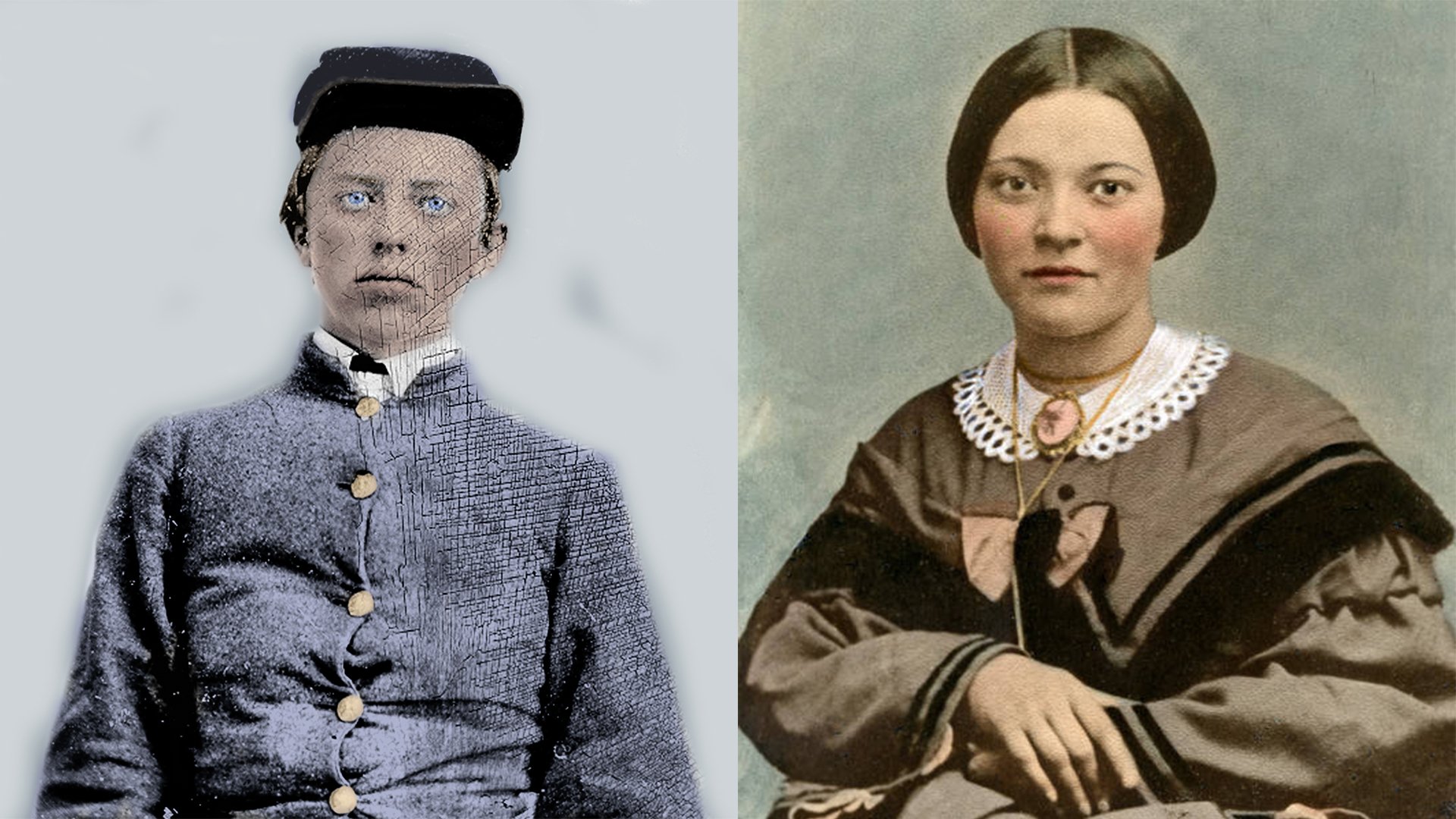
People
Learn about the Civil War in the Valley from the stories of the men, women, soldiers, and civilians that lived through it
Richard S. Ewell
On January 24, 1862, Ewell was promoted to major general, and began serving under Thomas J. “Stonewall” Jackson during the Valley Campaign. Although the two generals worked together well, and both were noted for their quixotic personal behavior, there were many stylistic differences between them. Jackson was stern and pious, whereas Ewell was witty and extremely profane. Jackson was flexible and intuitive on the battlefield, while Ewell, although brave and effective, required precise instructions to function effectively. Ewell was initially resentful about Jackson’s tendency to keep his subordinates uninformed about his tactical plans, but Ewell eventually adjusted to Jackson’s methods.
Ewell superbly commanded a division in Jackson’s small army during the Valley Campaign, personally winning quite a few battles against the larger Union armies of Maj. Gens. John C. Frémont, Nathaniel P. Banks, and James Shields. Jackson’s army was then recalled to Richmond to join Robert E. Lee in protecting the city against Maj. Gen. George B. McClellan’s Army of the Potomac in the Peninsula Campaign. Ewell fought conspicuously at Gaines’ Mill and Malvern Hill. After Lee repelled the Union army in the Seven Days Battles, Union Maj. Gen. John Pope’s Army of Virginia threatened to attack from the north, so Jackson was sent to intercept him. Ewell defeated Banks again at the Battle of Cedar Mountain on August 9 and, returning to the old Manassas battlefield, he fought well at the Second Battle of Bull Run, but was wounded during the battle of Groveton (or Brawner’s Farm) on August 29, and his left leg was amputated below the knee.
While recovering from his injury, Ewell was nursed by his first cousin, Lizinka Campbell Brown, a wealthy widow from the Nashville area. Ewell had been attracted to Lizinka since his teenage years and they had earlier flirted with romance in 1861 and during the Valley Campaign, but now the close contact resulted in their wedding in Richmond on May 26, 1863.
After his long recovery, Ewell returned to Lee’s Army of Northern Virginia after the Battle of Chancellorsville. After the mortal wounding of Jackson at that battle, on May 23 Ewell was promoted to lieutenant general and command of the Second Corps (now slightly smaller than Jackson’s because units were subtracted to create a new Third Corps, under Lt. Gen. A.P. Hill, also one of Jackson’s division commanders). Ewell was given a date of rank one day earlier than Hill’s, so he became the third-highest-ranking general in the Army of Northern Virginia, after Lee and James Longstreet.

